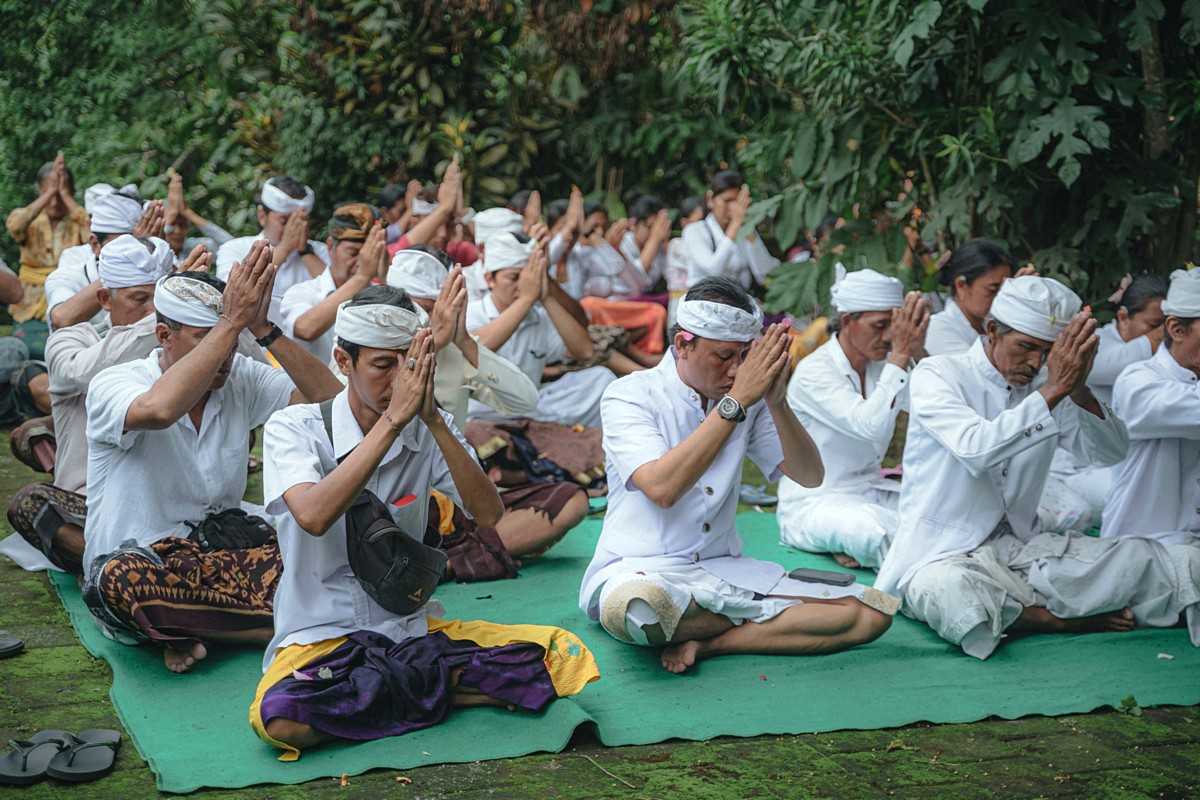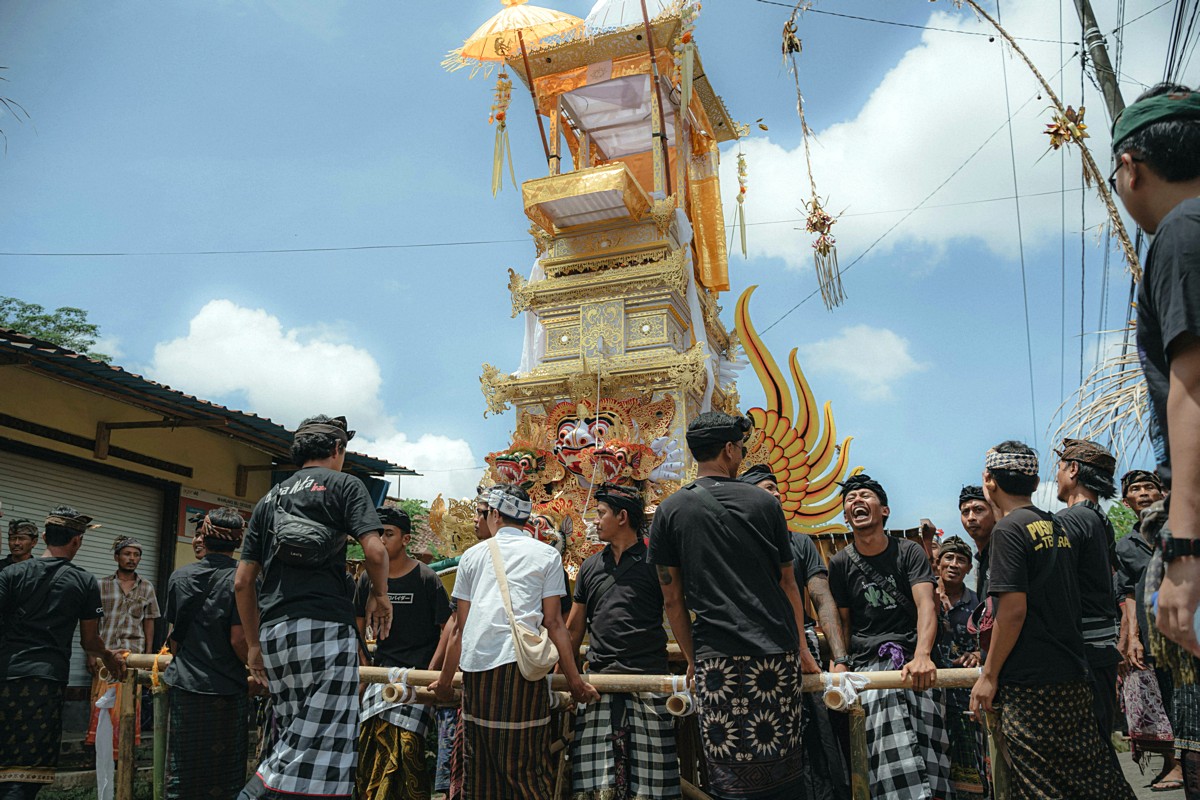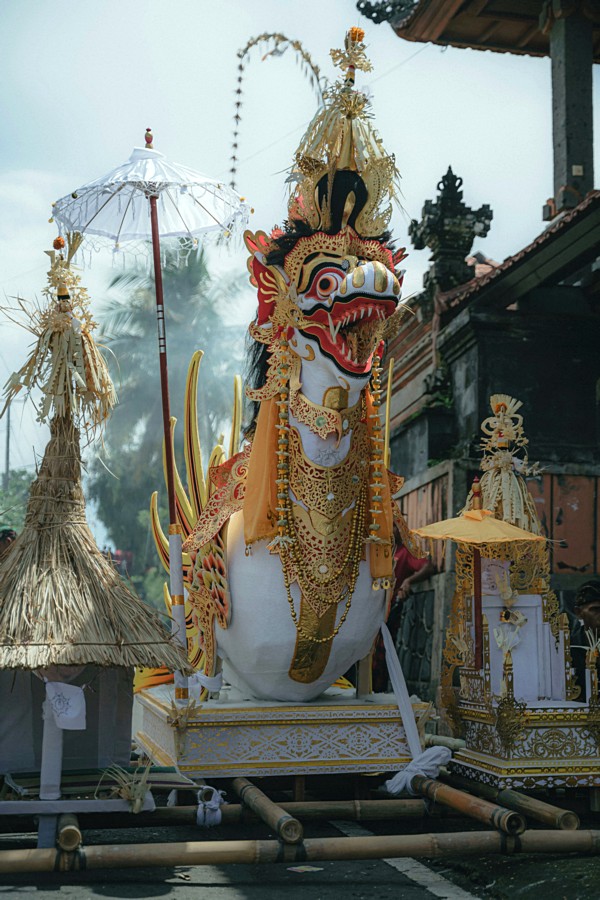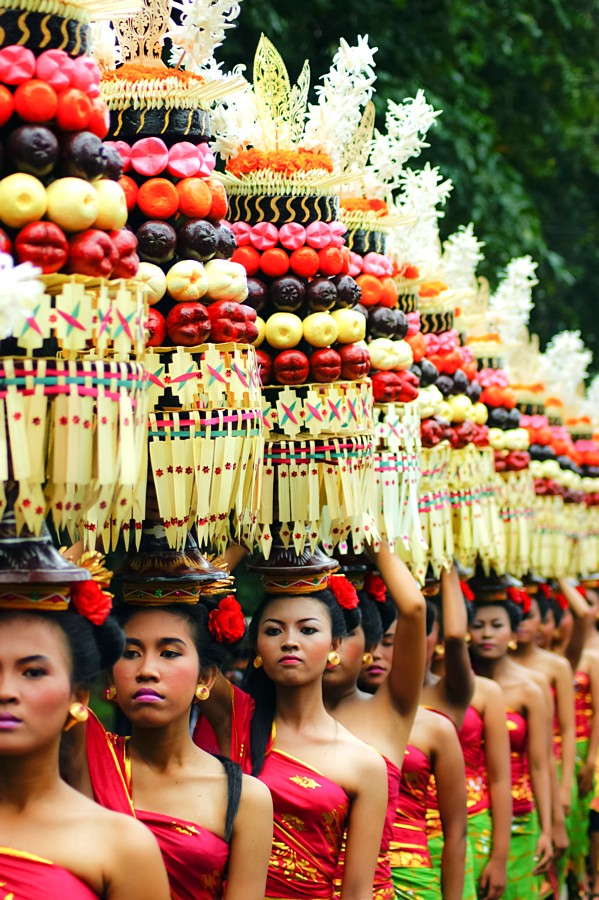Bali’s Most Important Holidays: A Journey Through Sacred Celebrations
Bali, often referred to as the “Island of the Gods,” is not only renowned for its breathtaking landscapes but also for its vibrant cultural tapestry woven through numerous festivals and ceremonies. These celebrations offer visitors a unique opportunity to immerse themselves in the island’s rich traditions and spiritual practices. Here’s an exploration of some of Bali’s most significant holidays, their cultural significance, and tips on how to experience them respectfully.
1. Nyepi (Balinese Day of Silence)
- Date: Varies annually (March or April)
- Significance: Marks the Balinese New Year; a day dedicated to self-reflection and meditation
Nyepi is a unique celebration where the entire island of Bali comes to a complete standstill. The holiday begins with Pengrupukan, the eve of Nyepi, which is celebrated with lively Ogoh-ogoh processions. During this event, communities parade large, grotesque papier-mâché statues, known as Ogoh-ogoh, which represent malevolent spirits or negative energies. These figures are elaborately crafted with bamboo, painted in bright colors, and designed to look fearsome. The parade features traditional gamelan music, chants, and dances as people carry the statues through the streets, shaking and spinning them to “confuse” and drive away evil spirits. The procession culminates with the burning of the Ogoh-ogoh statues, symbolizing a purification ritual to cleanse the island of negativity before the New Year.
On Nyepi itself, the atmosphere completely shifts to one of silence and introspection. The entire island observes 24 hours of complete silence—no lights, no traffic, and no work. Even the airport closes, and the streets are empty as the Balinese dedicate the day to fasting, meditation, and self-reflection.
Visitor Tips:
- Preparation: Ensure you have all necessary supplies, as businesses will be closed, and movement is restricted.
- Respect: Stay within your accommodation, keep noise to a minimum, and avoid using bright lights. Nyepi is a time of introspection and peace, so honoring this practice is deeply appreciated by locals.

2. Galungan and Kuningan
- Date: Occurs every 210 days; Kuningan is 10 days after Galungan
- Significance: Galungan celebrates the victory of dharma (good) over adharma (evil), while Kuningan marks the return of ancestral spirits to the heavens
During Galungan, the island is adorned with penjor—bamboo poles decorated with offerings, symbolizing prosperity. Families prepare special dishes and visit temples to honor deities and ancestors. Kuningan features additional ceremonies and offerings, with temples and homes decorated in yellow, the color of prosperity.
Visitor Tips:
- Observation: Walk through villages to admire the penjor and witness temple ceremonies.
- Etiquette: Dress modestly, wear a sarong and sash when visiting temples, and be respectful of ongoing rituals.

3. Saraswati Day
- Date: Every 210 days, according to the Balinese Pawukon calendar
- Significance: Honors Dewi Saraswati, the goddess of knowledge, literature, and the arts
On Saraswati Day, Balinese people make offerings to books and educational tools, seeking blessings for wisdom and knowledge. Schools and temples hold special ceremonies, and cultural performances are common, especially in Ubud, Bali’s cultural heart.
Visitor Tips:
- Engagement: Attend cultural performances and art exhibitions in Ubud to experience the island’s artistic heritage.
- Respect: Be mindful of ceremonies and avoid disrupting educational institutions during their observances.
4. Pagerwesi
- Date: Four days after Saraswati Day
- Significance: A day dedicated to strengthening one’s spiritual defenses against evil
Pagerwesi, meaning “iron fence,” symbolizes the fortification of the soul. Balinese people make offerings and conduct prayers to protect themselves from negative influences. The day is marked by introspection and communal gatherings at temples.
Visitor Tips:
- Observation: Visit local temples to witness the serene ceremonies and understand the spiritual depth of the community.
- Participation: While direct participation may not be appropriate, observing with respect and interest is welcomed.

5. Tumpek Landep
- Date: Every 210 days, according to the Balinese Pawukon calendar
- Significance: A day to bless metal objects, originally weapons, now including vehicles and machinery
On Tumpek Landep, Balinese people offer blessings to items made of metal, seeking protection and functionality. It’s common to see cars and motorcycles adorned with offerings and decorations.
Visitor Tips:
- Cultural Insight: Observe the unique practice of blessing vehicles, reflecting the integration of tradition with modern life.
- Respect: If renting a vehicle, be aware of the significance of any decorations and treat them with respect.
6. Odalan (Temple Anniversary)
- Date: Varies for each temple, occurring every 210 days
- Significance: Celebrates the anniversary of a temple’s consecration
Odalan ceremonies are vibrant events featuring traditional music, dance, and elaborate offerings. Temples are beautifully decorated, and the community comes together to honor deities and celebrate their heritage.
Visitor Tips:
- Participation: Visitors are often welcome to observe; ensure you dress appropriately and follow temple etiquette.
- Photography: Always ask for permission before taking photos, especially during sacred rituals.
Experiencing Bali’s Festivals Respectfully
- Dress Code: Wear modest clothing; a sarong and sash are often required in temples.
- Behavior: Be quiet and respectful during ceremonies; avoid pointing your feet at religious artifacts.
- Offerings: Do not step over offerings placed on the ground; walk around them.
- Photography: Seek permission before photographing people or ceremonies.
By aligning your visit with these cultural events and approaching them with respect and openness, you’ll gain a deeper appreciation of Bali’s rich heritage and spiritual life.








